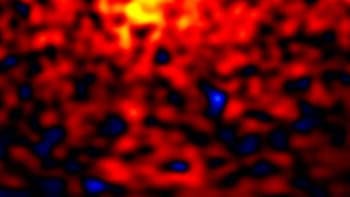You might recall a while back physicsworld.com reported on a prediction for peculiar event that takes place on the two equinoxes. On the 20 March and the 22 September (or thereabouts) at two places on the Earth’s surface, many of the gravitational forces in the Milky Way should cancel out.
Such a quiet time in the turmoil of our galaxy provides an ideal opportunity for a ruthless test of Newton’s laws of motion. Some physicists think that if there were any deviation in the laws at very low accelerations it would mean dark matter — the elusive substance thought to make up around 95% of the universe’s mass and the dream catch of experiments worldwide — does not exist. Instead, all the phenomena associated with dark matter could be explained by a slight alteration in the laws known as modified Newtonian dynamics (MOND).
When Alex Ignatiev from the Theoretical Physics Research Institute in Melbourne, Australia, came up with the idea for the equinoctial experiment, there were a couple of problems with his proposal. First, there was a worry that stray icebergs at high latitudes where one of the experiments would have to be performed might give a false gravitational signal. Second, Ignatiev did not know the exact time that the desired signal would occur.
Now, in a new paper, he has resolved both of these. He has shown that even the biggest icebergs would not produce a signal big enough to confuse the data. And he has also shown how to predict the exact signal times.
One of the referees for Ignatiev’s paper has given a rich endorsement to the proposal: “MOND is the leading alternative to cosmic dark matter. It has passed a surprising number of astronomical tests and is desperately in need of laboratory tests. The author’s idea for testing MOND in a terrestrial setting is the only viable suggestion I’ve ever heard for such a possibility. This is an incredibly important problem, and deserves to be explored just as much as CDMS and the many other dark matter search experiments.”



